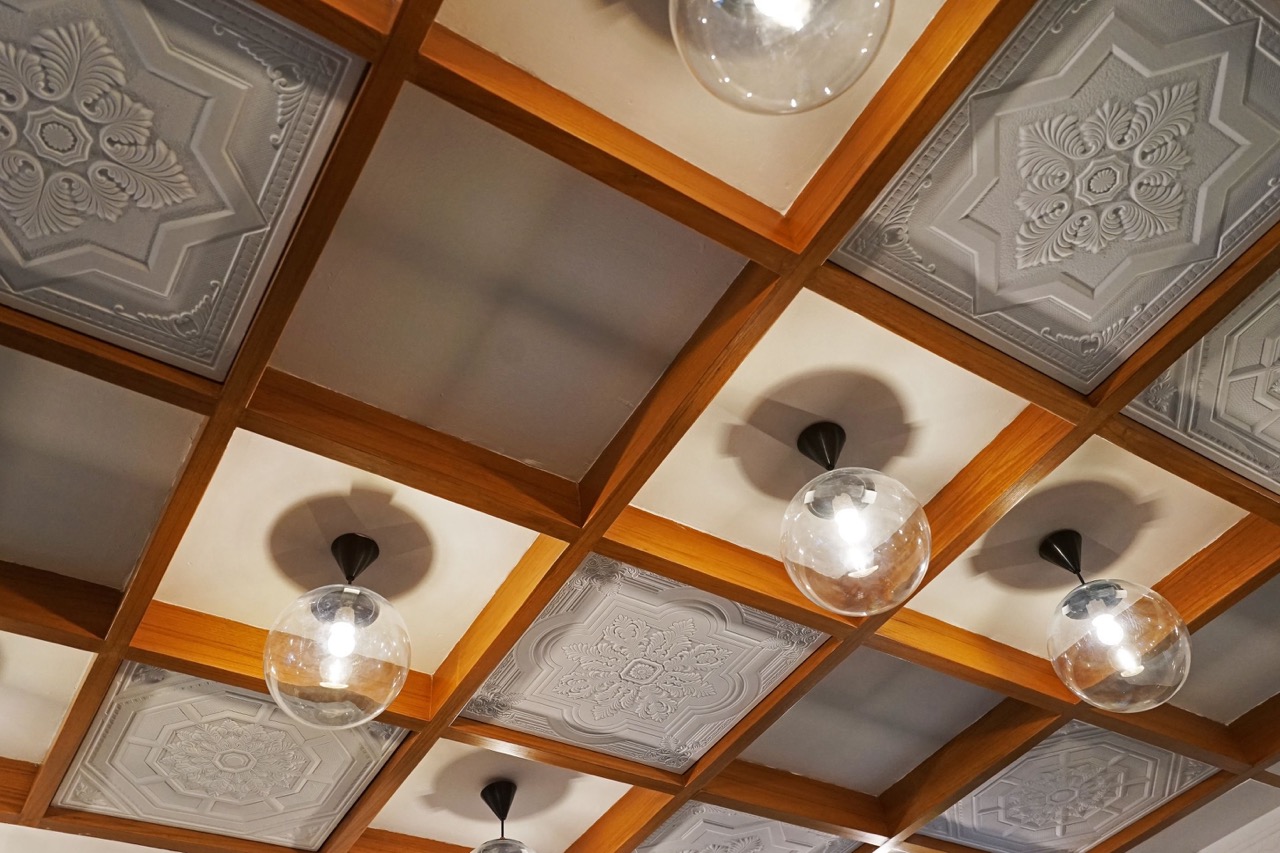

Articles
What Is A False Ceiling
Modified: October 28, 2024
Discover everything you need to know about False Ceiling in our informative articles. Enhance your knowledge and get expert tips on installation, design, and maintenance.
(Many of the links in this article redirect to a specific reviewed product. Your purchase of these products through affiliate links helps to generate commission for Storables.com, at no extra cost. Learn more)
Introduction
A false ceiling, also known as a drop ceiling or suspended ceiling, is a secondary ceiling that is installed below the main ceiling of a room. It is commonly used in both residential and commercial spaces to enhance the aesthetics, improve acoustics, conceal wiring and plumbing, and provide insulation. False ceilings are versatile and can be customized to suit various design preferences and functional requirements.
The primary purpose of a false ceiling is to create a visually appealing space by hiding structural elements, such as beams, pipes, and ductwork. It offers the opportunity to incorporate different lighting options, including recessed lights, track lights, or pendant lights, which can dramatically impact the ambiance of a room.
Moreover, false ceilings can help improve the energy efficiency of a space by providing an additional layer of insulation. This can result in reduced energy consumption for heating and cooling, resulting in lower utility bills and a more comfortable living or working environment.
There are various types of false ceilings available, each with its unique characteristics and benefits. The choice of false ceiling depends on factors such as the desired aesthetic appeal, budget, durability, and functional requirements of the space. Some of the most common types of false ceilings include gypsum board ceilings, metal ceilings, wooden ceilings, acoustic ceilings, and PVC ceilings.
In this article, we will explore in detail the different types of false ceilings, their benefits, the installation process, materials used, cost considerations, maintenance and care, as well as the comparison between false ceilings and regular ceilings. We will also discuss specific applications of false ceilings in different spaces and provide some creative ideas and designs to inspire your interior decor.
So, whether you are planning to renovate your home or revamp your office space, this comprehensive guide will provide you with valuable insights into the world of false ceilings and help you make informed decisions for your interior design projects.
Key Takeaways:
- False ceilings offer a versatile and practical addition to any space, providing aesthetic appeal, functional benefits, and customization options. Consulting with professionals ensures a seamless installation and quality workmanship.
- From tray ceiling designs to nature-inspired motifs, false ceilings offer endless creative possibilities to transform a space. With the right design, a false ceiling can add charm and character to any interior.
Read more: How To Store False Lashes
Definition of False Ceiling
A false ceiling, also known as a drop ceiling or suspended ceiling, refers to a secondary ceiling that is installed below the primary or structural ceiling of a room. It is typically made up of a lightweight material, such as gypsum boards, metal panels, or PVC sheets, and is supported by a metal framework or suspension system.
The primary purpose of a false ceiling is to create a visually appealing and functional space by concealing structural elements, electrical wires, plumbing pipes, and HVAC ductwork. It acts as a barrier between the main ceiling and the room, providing a layer of insulation, improving acoustics, and allowing for the integration of lighting fixtures and other accessories.
False ceilings are widely used in both residential and commercial spaces due to their versatility and ability to transform the aesthetics of a room. They offer a range of design possibilities, allowing homeowners and designers to create unique and customized ceilings that suit their preferences and style.
One of the significant advantages of a false ceiling is its ability to improve the acoustics of a space. By adding an additional layer of sound-absorbing material, such as mineral wool or acoustic tiles, false ceilings can help reduce noise transmission between floors or rooms. This makes them particularly useful in areas such as theaters, conference rooms, recording studios, and classrooms.
Another important aspect of a false ceiling is its insulation properties. The air gap between the false ceiling and the primary ceiling acts as a thermal barrier, helping to regulate the temperature of the room. This can result in energy savings by reducing the need for excessive heating or cooling.
False ceilings also offer practical advantages in terms of maintenance and accessibility. Since they are installed below the main ceiling, they are easily removable and allow for convenient access to the overhead utilities, such as electrical wiring or plumbing systems. This makes it easier to repair or replace any damaged components without disrupting the entire ceiling structure.
In summary, a false ceiling is a secondary ceiling that is installed below the primary ceiling of a room. It provides numerous benefits, including improved aesthetics, acoustics, insulation, and maintenance accessibility. With its wide range of design options, the false ceiling has become a popular choice for enhancing the look and functionality of both residential and commercial spaces.
Types of False Ceiling
False ceilings come in various types, each offering distinct advantages in terms of aesthetics, functionality, durability, and cost. The choice of false ceiling depends on factors such as the desired look, budget, and functional requirements of the space. Let’s explore some of the most common types of false ceilings:
-
- Gypsum Board Ceilings:
Gypsum board ceilings, also known as drywall or plasterboard ceilings, are popular for their versatility and easy installation. They are made up of gypsum panels that are screwed or nailed to a metal framework. Gypsum board ceilings offer a smooth finish and can be easily painted or decorated. They are lightweight, fire-resistant, and provide good thermal and sound insulation.
-
- Metal Ceilings:
Metal ceilings are made of metal panels that are suspended from a metal grid framework. They are known for their durability, strength, and resistance to moisture and fire. Metal ceilings come in various finishes, including aluminum, stainless steel, and tin. They are commonly used in commercial spaces, such as offices, hospitals, and malls, due to their sleek and modern appearance.
-
- Wooden Ceilings:
Wooden ceilings are a popular choice for creating warm and inviting spaces. They add a touch of elegance and natural beauty to any room. Wooden panels or planks are used to create a false ceiling, giving it a rustic or contemporary look, depending on the type of wood and finish. Wooden ceilings offer good insulation and can be stained or painted to match the overall decor scheme.
-
- Acoustic Ceilings:
Acoustic ceilings, also known as soundproof ceilings, are designed to improve the sound quality and reduce noise transmission in a room. They are made of acoustic panels or ceiling tiles that absorb sound waves and reduce echoes. These ceilings are commonly used in theaters, recording studios, offices, and classrooms where sound control is crucial. Acoustic ceilings come in various designs and finishes to suit different aesthetic preferences.
-
- PVC Ceilings:
PVC ceilings are an affordable and low-maintenance option for false ceilings. They are made of PVC (polyvinyl chloride) panels that are lightweight and easy to install. PVC ceilings are moisture-resistant, termite-proof, and offer good thermal insulation. They are available in a wide range of designs and colors, making them suitable for different interior styles.
These are just a few of the many types of false ceilings available in the market. It is important to consider factors such as durability, aesthetics, maintenance, and budget when choosing the right type of false ceiling for your space. Ultimately, the chosen false ceiling should complement the overall design scheme and serve the desired functional purposes.
Benefits of False Ceiling
False ceilings offer numerous benefits, making them a popular choice for both residential and commercial spaces. Let’s explore some of the key advantages of installing a false ceiling:
-
- Aesthetics and Design Versatility:
One of the primary benefits of a false ceiling is the opportunity to enhance the aesthetics of a space. False ceilings come in various types, designs, and finishes, allowing for creative and customized ceiling designs. They can be used to create visually appealing patterns, incorporate lighting fixtures, or add architectural detailing, giving a unique and personalized touch to any room.
-
- Concealment of Unsightly Elements:
False ceilings are an excellent solution for concealing unsightly structural elements, including wiring, pipes, ductwork, and air conditioning units. They create a clean and seamless appearance and eliminate the need for additional wall cladding or decorative treatments. This enables a more aesthetically pleasing and clutter-free environment.
-
- Improved Acoustics:
One of the notable benefits of a false ceiling is its ability to improve the acoustics of a room. Sound-absorbing materials can be added to the false ceiling, reducing sound echoes and improving the overall sound quality. This makes it an ideal choice for areas where noise control and privacy are important, such as offices, conference rooms, theaters, or recording studios.
-
- Thermal Insulation:
False ceilings can contribute to improved thermal insulation in a space by creating an additional air gap between the primary ceiling and the false ceiling. This air gap acts as an insulating layer, reducing heat transfer between the interior and exterior of the building. It helps keep the room cooler in hot weather and warmer in cold weather, leading to energy savings and increased comfort.
-
- Energy Efficiency:
By providing an extra layer of insulation, false ceilings can help improve energy efficiency. The reduced heat gain or loss through the ceiling can result in lower energy consumption for heating and cooling. This can lead to significant cost savings on energy bills over time.
-
- Lighting Integration:
False ceilings are ideal for integrating lighting fixtures into a space. Recessed lights, track lights, pendant lights, or even LED strips can be easily installed within the false ceiling, providing efficient and adjustable lighting options. This allows for various lighting effects and creates a pleasant and well-illuminated environment.
-
- Maintenance and Accessibility:
False ceilings provide easy access to utilities, such as electrical wiring, plumbing systems, or HVAC ducts, without the need for extensive renovation. In case of repairs or maintenance, the false ceiling can be easily removed or lifted, providing convenient access to the concealed elements, thus saving time and effort.
Overall, false ceilings offer a wide range of benefits, including aesthetic enhancement, concealing unsightly elements, improved acoustics, thermal insulation, energy efficiency, lighting integration, and easy maintenance. These advantages make them a valuable addition to any space, transforming it into a comfortable, visually appealing, and functional environment.
Installation Process of False Ceiling
The installation of a false ceiling involves a systematic process to ensure a smooth and successful implementation. While it is recommended to hire professional contractors for this task, having a basic understanding of the installation process can help you make informed decisions and communicate effectively with the professionals. Here is a general overview of the installation process of a false ceiling:
-
- Planning and Design:
The first step is to plan and design the false ceiling layout. This involves determining the type of false ceiling, the desired height, and any specific design elements or lighting fixtures to be incorporated. It is important to consider factors such as room dimensions, structural requirements, and any existing utilities that need to be accommodated.
-
- Structural Analysis:
Before proceeding with the installation, it is crucial to conduct a thorough structural analysis of the existing ceiling. This ensures that it can support the weight of the false ceiling and any additional fixtures. If necessary, reinforcements may need to be made, and the existing ceiling may need to be strengthened to ensure stability and safety.
-
- Measurement and Marking:
Accurate measurement and marking are essential for a precise and symmetrical installation. The space is measured, and reference lines are marked on the walls or existing ceiling to establish the placement of the false ceiling framework.
-
- Framework Installation:
The framework is the structure that supports the false ceiling. It is usually made of metal channels or wooden battens. The framework is installed by fixing the metal channels or wooden battens to the walls using screws or nails. These are placed along the marked lines, ensuring that they are level and plumb. Cross members are then installed to provide additional support.
-
- Fixing the Ceiling Tiles or Panels:
Once the framework is in place, the ceiling tiles or panels are attached to the framework. The type of false ceiling determines the method of fixing. For example, gypsum board ceilings are screwed onto the metal channels, while metal ceilings may use clips or hooks to secure the metal panels. Careful attention is given to ensure proper alignment, levelness, and symmetry.
-
- Finishing and Accessories:
After the ceiling tiles or panels are installed, the edges are finished with appropriate trim or borders to provide a clean and polished look. This helps to conceal any gaps or unevenness between the tiles or panels. Additionally, any desired accessories, such as lighting fixtures, air vents, or sprinkler heads, are integrated into the false ceiling as per the design plan.
-
- Painting or Decoration:
Once the false ceiling is installed, it can be painted or decorated to match the overall interior design scheme. This includes applying suitable primer, paint, or decorative finishes to the ceiling tiles or panels. It is important to use paints or finishes that are compatible with the material of the false ceiling for a durable and visually appealing result.
It is worth noting that the installation process may vary slightly depending on the type of false ceiling and the specific requirements of the space. Consulting with professionals is crucial to ensure proper installation techniques and adherence to safety guidelines.
By following the correct installation process, a false ceiling can transform the look and functionality of a space, providing a seamless and attractive ceiling that enhances the overall interior design.
Materials Used in False Ceiling
False ceilings can be made using various materials, each offering different advantages in terms of aesthetics, durability, cost, and functionality. The choice of material depends on factors such as design preferences, budget, and specific requirements of the space. Let’s explore some of the common materials used in false ceilings:
-
- Gypsum:
Gypsum is a popular material for false ceilings, especially in residential buildings. Gypsum boards or panels are lightweight and easy to install. They can be cut into different shapes and sizes as per the design requirements. Gypsum is fire-resistant, offers good thermal and sound insulation, and can be finished with different paints or textures to achieve the desired look.
-
- Metal:
Metal false ceilings are widely used in commercial spaces due to their strength, durability, and modern appearance. Aluminum and steel are the common metals used in false ceilings. Metal panels or tiles are installed on a metal framework to create a suspended ceiling. Metal false ceilings are resistant to moisture, fire, and corrosion, making them suitable for areas with high humidity or stringent safety requirements.
-
- Wood:
Wooden false ceilings add warmth, elegance, and a natural touch to a space. Different types of wood, such as plywood, MDF (medium-density fiberboard), or solid wood panels, can be used for false ceilings. Wood offers good insulation and can be stained, painted, or finished to enhance its appearance. Wooden false ceilings are commonly used in residential settings, hotels, or spaces where a cozy and inviting ambiance is desired.
-
- PVC (Polyvinyl Chloride):
PVC false ceilings are a cost-effective and versatile option. PVC panels are lightweight, easy to handle, and resistant to moisture, mold, and termite. They are available in various designs, colors, and textures, allowing for different aesthetic possibilities. PVC false ceilings are low-maintenance, offer good thermal insulation, and are suitable for areas with high humidity, such as bathrooms or kitchens.
-
- Mineral Fiber:
Mineral fiber false ceilings are made from a combination of mineral wool, fibers, and binders. They provide excellent acoustic insulation, making them ideal for spaces where noise control is important, such as theaters, conference rooms, or classrooms. Mineral fiber panels are also fire-resistant and offer good thermal insulation. They come in different designs and textures for enhanced aesthetics.
These are just a few examples of the materials commonly used in false ceilings. Other materials, such as fiberglass, synthetic fabrics, or even glass, can also be used depending on the specific design requirements and preferences. It is important to consider factors such as durability, maintenance, aesthetic appeal, and budget when selecting the appropriate material for your false ceiling.
Consulting with professionals or interior designers can help you make an informed decision based on your specific needs and desired outcome. Ultimately, the chosen material should not only enhance the visual appeal of the space but also offer the necessary functional benefits for a durable and long-lasting false ceiling.
Cost of False Ceiling
The cost of a false ceiling can vary depending on several factors, including the type of material used, the size of the space, the design complexity, and the labor costs involved. Understanding these factors can help in estimating and planning the budget for a false ceiling installation. Here are some key considerations when determining the cost of a false ceiling:
-
- Type of Material:
The choice of material greatly influences the overall cost of a false ceiling. Gypsum boards are generally more affordable compared to materials like metal or wood. PVC panels also tend to be cost-effective. On the other hand, materials like metal or wood may be more expensive, but they offer a premium aesthetic appeal and durability.
-
- Size of the Space:
The size of the space to be covered by the false ceiling directly impacts the cost. Larger areas require more material and labor, which can increase the overall expense. Additionally, if the space has complex architectural elements or irregular shapes, it may require more intricate workmanship, leading to higher costs.
-
- Design Complexity:
The design complexity of the false ceiling can influence the cost. Intricate designs, patterns, or customized features may require additional labor and expertise, resulting in higher expenses. Simple, straightforward designs tend to be more cost-effective.
-
- Labor Costs:
The cost of labor plays a significant role in the overall expense of installing a false ceiling. Labor costs vary depending on the region, the experience and expertise of the installers, and the complexity of the installation. It is crucial to obtain multiple quotes from reputable contractors to compare costs and ensure quality workmanship.
-
- Additional Features and Accessories:
Any additional features or accessories that are integrated into the false ceiling, such as lighting fixtures, air vents, or decorative elements, will incur additional costs. These elements need to be considered in the overall budget for the false ceiling installation.
It is essential to keep in mind that the cost of a false ceiling is an investment that adds value to the space. It improves aesthetics, acoustics, and functionality, and may even contribute to energy efficiency and cost savings in the long run. Consulting with professionals and obtaining multiple quotes will help in determining the most suitable and cost-effective options for your specific requirements and budget.
While it is difficult to provide an exact cost estimate without specific details, it is advisable to set aside a budget range between $8 and $20 per square foot for a basic false ceiling installation. However, this range may vary significantly based on the factors mentioned above. It is recommended to discuss and negotiate the cost with contractors to ensure transparency and affordability.
Remember that investing in a well-designed and properly installed false ceiling can greatly enhance the aesthetics and functionality of a space, making it well worth the cost in the long run.
Maintenance and Care of False Ceiling
Maintaining and caring for a false ceiling is essential to ensure its longevity, aesthetic appeal, and functionality. Regular maintenance can help prevent issues such as staining, sagging, or damage from occurring. Here are some tips to keep your false ceiling in excellent condition:
-
- Cleaning:
Regular cleaning is key to maintaining the cleanliness and appearance of the false ceiling. Dust and dirt can accumulate over time, especially in areas with high humidity or smoke. Use a soft-bristle brush or a clean cloth to gently remove dust particles from the surface. Avoid using abrasive cleaners or harsh chemicals, as they can damage the finishing or the material of the false ceiling.
-
- Spot Cleaning:
If there are any stains or marks on the false ceiling, it is important to address them promptly. Use a mild detergent mixed with water to gently clean the affected area. Test the cleaning solution on a small, inconspicuous spot first to ensure it does not cause any discoloration or damage. After cleaning, wipe the area with a clean, damp cloth to remove any residue.
-
- Inspect for Damage:
Regularly inspect the false ceiling for any signs of damage, such as cracks, sagging, or water leaks. Pay close attention to areas near light fixtures, air vents, or any potential water sources. If you notice any issues, it is advisable to consult professionals to address the problem before it worsens.
-
- Addressing Water Damage:
If there is water damage to the false ceiling due to leaks or condensation, it is crucial to identify and address the source of the moisture. In the case of minor water damage, allow the affected area to dry completely and consider applying a suitable sealer or primer to prevent further damage. For significant water damage, consult professionals to assess and repair the issue.
-
- Maintaining Lighting Fixtures:
If your false ceiling includes integrated lighting fixtures, it is important to maintain them properly. Regularly clean the fixtures and replace any burnt-out bulbs or lamps to ensure adequate illumination. Follow the manufacturer’s guidelines for maintenance and care specific to the lighting fixtures.
-
- Preventing Damage during Renovations:
If you are planning any renovations or repairs in the vicinity of the false ceiling, take precautions to protect it from potential damage. Cover the false ceiling with appropriate materials, such as plastic sheets or drop cloths, to prevent debris, paint, or other materials from falling onto it during the renovation process. Remove the protective coverings once the work is completed.
-
- Professional Inspection and Maintenance:
It is recommended to have periodic professional inspections of the false ceiling, especially in commercial or large-scale installations. Professionals can identify any underlying issues, perform necessary repairs, and provide maintenance services to keep the false ceiling in optimal condition.
Regular maintenance and care of your false ceiling will not only preserve its appearance but also extend its lifespan. By following these simple maintenance practices and promptly addressing any issues, you can enjoy a beautiful and functional false ceiling for years to come.
False ceilings are suspended ceilings that are installed below the main ceiling to conceal wires, pipes, and ductwork. They can also improve acoustics and provide insulation. When considering a false ceiling, make sure to factor in the additional weight and the impact on room height.
False Ceiling vs. Regular Ceiling
When it comes to ceilings, there are two primary options to consider: false ceilings and regular ceilings. Each option has its own characteristics and benefits. Let’s compare false ceilings and regular ceilings to help you understand the differences and make an informed decision:
Read more: How Often Is A Burglar Alarm False
False Ceiling:
A false ceiling, also known as a drop ceiling or suspended ceiling, is a secondary ceiling that is installed below the main ceiling of a room. It offers several advantages:
- Aesthetics – False ceilings provide an opportunity to enhance the aesthetics of a space. They can be customized to incorporate different designs, patterns, and lighting elements, creating a visually appealing and unique appearance.
- Concealment – False ceilings are used to hide structural elements, electrical wires, plumbing pipes, and HVAC ductwork. This creates a clean and seamless look, eliminating the need for additional cladding or decorative treatments.
- Acoustics – False ceilings can improve the sound quality of a room by adding sound-absorbing materials, reducing echoes, and minimizing noise transmission. This makes them ideal for areas where noise control is important, such as offices, theaters, or recording studios.
- Insulation – False ceilings provide an additional layer of insulation, reducing heat loss or gain and improving energy efficiency. This can result in lower energy costs and a more comfortable living or working environment.
- Maintenance – False ceilings are generally easy to maintain. Regular cleaning and prompt repairs can help maintain their appearance and functionality.
Regular Ceiling:
A regular ceiling refers to the primary ceiling that is directly attached to the structural components of a building. Here are some key aspects of regular ceilings:
- Simple Design – Regular ceilings typically have a simple and straightforward design, without additional decorative elements or features.
- Durability – Regular ceilings are constructed to withstand structural loads and provide long-term stability.
- Cost – Regular ceilings are generally less expensive compared to false ceilings, as they do not require the additional materials and installation process associated with false ceilings.
- Accessibility – Regular ceilings can be more easily accessed for repairs or modifications since they do not have a secondary layer to remove.
- Integration – Regular ceilings can be directly integrated with the architectural design of a building, such as exposed beams or unique ceiling elements.
Deciding between false ceilings and regular ceilings depends on factors such as design preferences, functional requirements, budget, and the overall purpose of the space. False ceilings offer greater design flexibility, enhanced acoustics, and improved insulation, but they come at a higher cost. Regular ceilings provide simplicity, durability, and easier access, making them a practical choice for spaces where customization is less of a priority.
Ultimately, the choice between false ceilings and regular ceilings will depend on your specific needs, preferences, and the desired outcome for your space.
False Ceiling in Different Spaces
False ceilings are incredibly versatile and can be installed in various spaces, ranging from residential homes to commercial establishments. Let’s explore the applications and benefits of false ceilings in different settings:
Residential Spaces:
In residential spaces, false ceilings offer numerous advantages:
- Living Rooms: False ceilings can enhance the aesthetics of living rooms by adding design elements, integrating lighting fixtures, or hiding structural elements. They can create a cozy ambiance and improve the overall visual appeal.
- Bedrooms: False ceilings in bedrooms can provide a serene and relaxing atmosphere. They can incorporate recessed lighting for soft and ambient illumination, and can also hide electrical wiring, allowing for a clutter-free environment.
- Kitchens: False ceilings in kitchens can hide pipes, ductwork, and electrical wiring, giving a neat and clean look. They can also accommodate recessed or pendant lights, providing adequate task lighting and adding a touch of elegance to the space.
- Bathrooms: False ceilings in bathrooms can help with moisture control and provide a seamless and neat finish. They allow for the integration of ventilation systems, lighting fixtures, and can resist the effects of high humidity.
- Home Offices: False ceilings in home offices can contribute to a professional and comfortable work environment. They offer the opportunity to incorporate task lighting, ensure better acoustics for video conferences or phone calls, and hide any unsightly wires or cables.
Read more: What Is A Ceiling
Commercial Spaces:
In commercial spaces, false ceilings are widely used for both functional and aesthetic purposes:
- Offices: False ceilings in offices can enhance productivity and create a professional atmosphere. They can accommodate recessed lighting, improve acoustics for better communication, and conceal electrical wiring or air conditioning ducts.
- Retail Stores: False ceilings in retail stores can contribute to a visually appealing and well-lit shopping experience. They can incorporate track lighting to highlight product displays or create specific zones within the store.
- Hotels and Restaurants: False ceilings in hotels and restaurants can create a luxurious and welcoming ambiance. They can integrate decorative lighting fixtures, segregate dining areas, and help control noise levels for a pleasant dining experience.
- Hospitals: False ceilings in hospitals play a crucial role in maintaining hygiene standards and minimizing infection risks. They can hide equipment, accommodate lighting and ventilation systems, and facilitate access for necessary maintenance.
- Schools and Educational Institutions: False ceilings in schools and educational institutions can improve acoustics for better learning environments. They can integrate sound-absorbing materials, accommodate teaching aids, and provide proper ventilation.
The possibilities for using false ceilings in different spaces are extensive. They offer not only aesthetic enhancements but also functionality and practical benefits. Whether it’s providing insulation, improving acoustics, or concealing unsightly elements, false ceilings are a valuable addition to various residential and commercial environments.
False Ceiling Ideas and Designs
False ceilings offer endless possibilities for creative and innovative designs, allowing you to transform a space and add a unique touch. Here are some exciting false ceiling ideas and designs to inspire your interior decor:
-
- Tray Ceiling Design:
A tray ceiling design features a recessed center or stepped layers that add depth and dimension to a room. This design can be further enhanced with accent lighting to create a dramatic effect, making it ideal for living rooms, dining areas, or bedrooms.
-
- Cove Lighting:
Cove lighting is a beautiful way to illuminate a space while adding elegance and sophistication. Indirect lighting fixtures are placed within a recessed cove, creating a soothing and diffused glow. This design is widely used in bedrooms, dining rooms, or even office spaces.
-
- Geometric Patterns:
Geometric patterns can create a visually striking and modern aesthetic. Adding geometric shapes to false ceilings, such as squares, triangles, or hexagons, can result in a captivating design. This style works well in contemporary homes, offices, or retail spaces.
-
- Wooden Accents:
Introducing wooden accents to a false ceiling adds warmth and a natural touch. Wooden beams, panels, or slats can be incorporated to create a rustic or Scandinavian-themed design. This idea works beautifully in living rooms, kitchens, or any area where a cozy atmosphere is desired.
-
- Artistic Designs:
For a bold and artistic statement, consider incorporating artistic designs into your false ceiling. This can include hand-painted motifs, murals, or textured patterns to create a unique and eye-catching ceiling. This idea is perfect for art studios, galleries, or unconventional living spaces.
-
- Minimalist Design:
A minimalist design offers a clean and sleek look that complements modern and minimalist interior styles. It features simple lines, neutral colors, and minimal decorative elements, creating a sense of spaciousness. This design is perfect for offices, retail stores, or any space where simplicity is key.
-
- Mirror Ceilings:
Mirror ceilings add a touch of glamour and create the illusion of increased space and height. Mirrors can be incorporated into the false ceiling in the form of panels, tiles, or strips, reflecting light and adding a sense of elegance. This design is popular in dance studios, event venues, or luxury retail spaces.
-
- Nature-Inspired Designs:
Bring the beauty of nature indoors by incorporating nature-inspired designs into your false ceiling. This can include leaf-shaped patterns, floral motifs, or even a sky-inspired design with clouds. This idea works well in living rooms, bedrooms, or any space where a calming and soothing atmosphere is desired.
Remember, these are just a few ideas to inspire you in designing your false ceiling. The possibilities are endless, and you can combine different elements or styles to create a design that reflects your personal taste and complements your overall interior decor. Consult with a professional designer or contractor to bring your ideas to life and ensure a seamless and beautiful false ceiling design.
Conclusion
In conclusion, false ceilings offer a wide range of benefits and design possibilities for both residential and commercial spaces. Whether you’re looking to enhance the aesthetics, improve acoustics, conceal unsightly elements, or add lighting options, a false ceiling can be a valuable addition to your interior decor.
In this article, we explored the definition of false ceilings and discussed the various types available, including gypsum board ceilings, metal ceilings, wooden ceilings, acoustic ceilings, and PVC ceilings. Each type offers unique characteristics that can be tailored to suit your specific needs and design preferences. We also highlighted the advantages of false ceilings, such as their ability to improve aesthetics, acoustics, insulation, and energy efficiency. Additionally, we discussed the installation process, including planning, framework installation, fixing ceiling tiles, and finishing details. Furthermore, we examined the different materials used in false ceilings, such as gypsum, metal, wood, PVC, and mineral fiber. Each material offers its own set of features, allowing you to choose the most suitable option for your space. Cost considerations were also discussed, taking into account factors like material selection, space size, design complexity, and labor costs. It’s important to allocate a budget and obtain multiple quotes from reputable contractors to ensure a cost-effective installation. We emphasized the significance of maintenance and care to prolong the life of false ceilings. Regular cleaning, spot cleaning, and addressing any damage promptly are essential practices to maintain the appearance and functionality of the false ceiling. Comparing false ceilings to regular ceilings, we highlighted the key differences and discussed their respective benefits and applications in different spaces, be it residential or commercial. Lastly, we presented inspiring false ceiling ideas and designs, ranging from tray ceilings and cove lighting to geometric patterns, wooden accents, and art-inspired designs. These ideas can inspire you to create a unique and captivating false ceiling that adds charm and character to your space. In conclusion, a false ceiling is a versatile and practical addition to any space, offering aesthetic appeal, functional benefits, and customization options. By considering your specific needs, design preferences, and budget, you can select the most suitable type, material, and design for your false ceiling project. Consulting with professionals or interior designers is always recommended to ensure a seamless installation, quality workmanship, and a result that exceeds your expectations. With the right false ceiling, you can transform your space into a visually stunning, comfortable, and functional environment that reflects your personal style and enhances your overall living or working experience.
Frequently Asked Questions about What Is A False Ceiling
Was this page helpful?
At Storables.com, we guarantee accurate and reliable information. Our content, validated by Expert Board Contributors, is crafted following stringent Editorial Policies. We're committed to providing you with well-researched, expert-backed insights for all your informational needs.
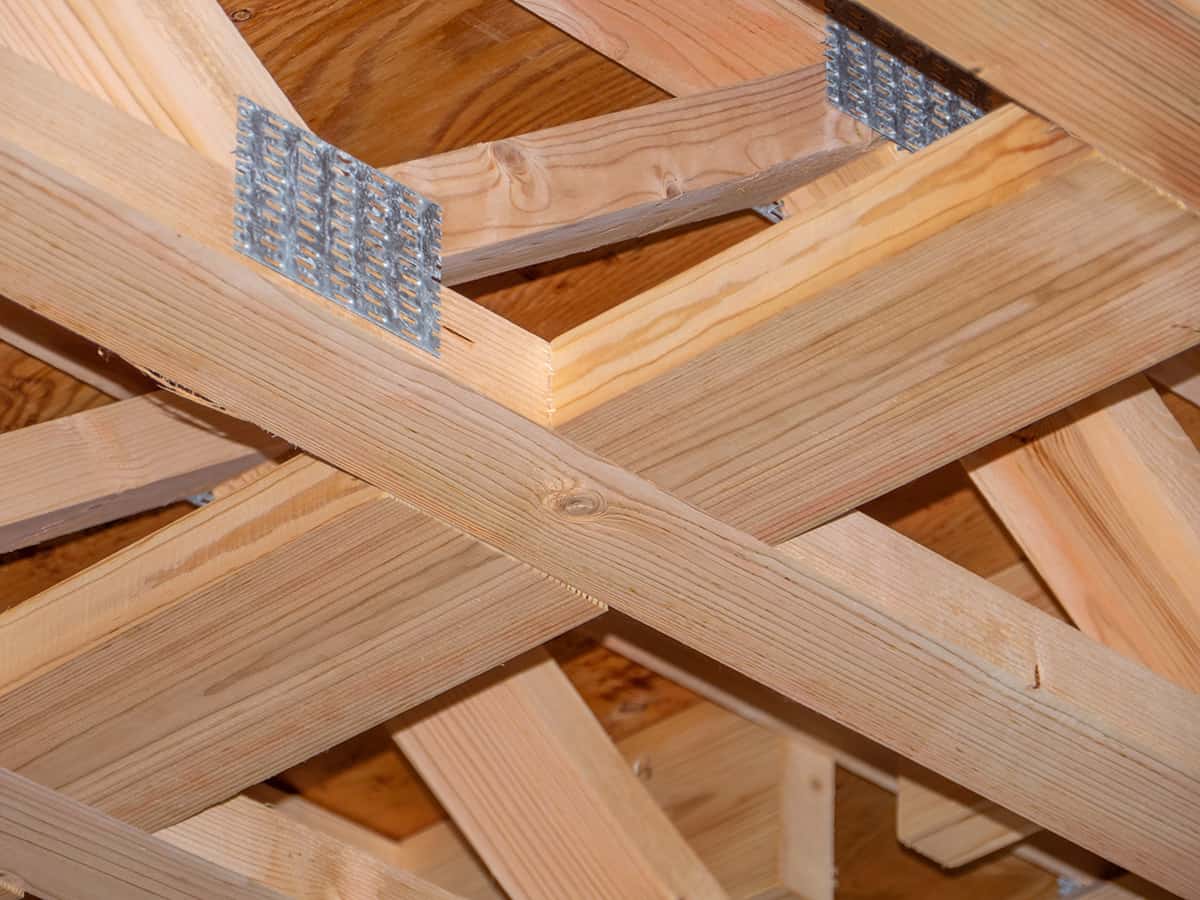
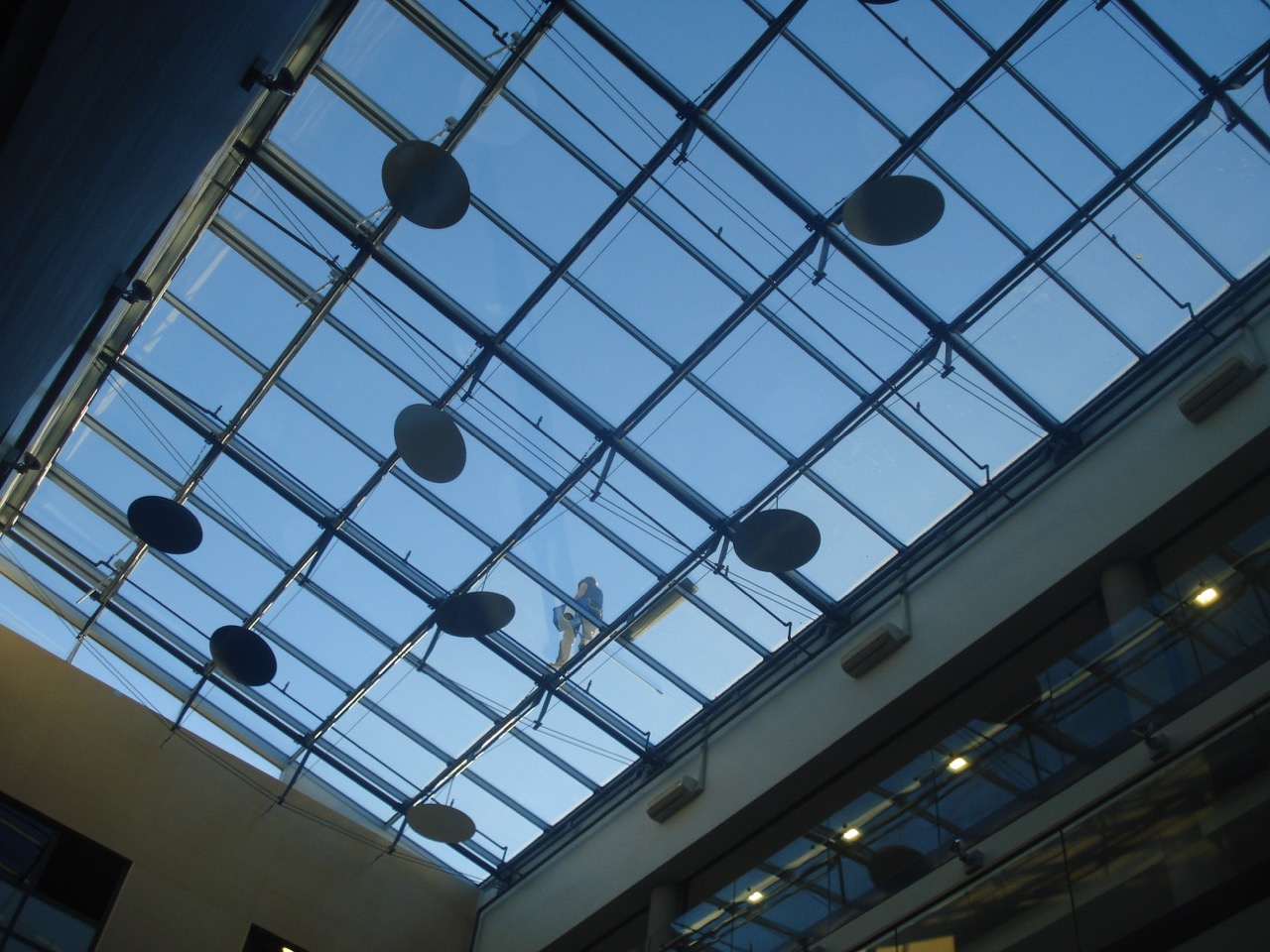
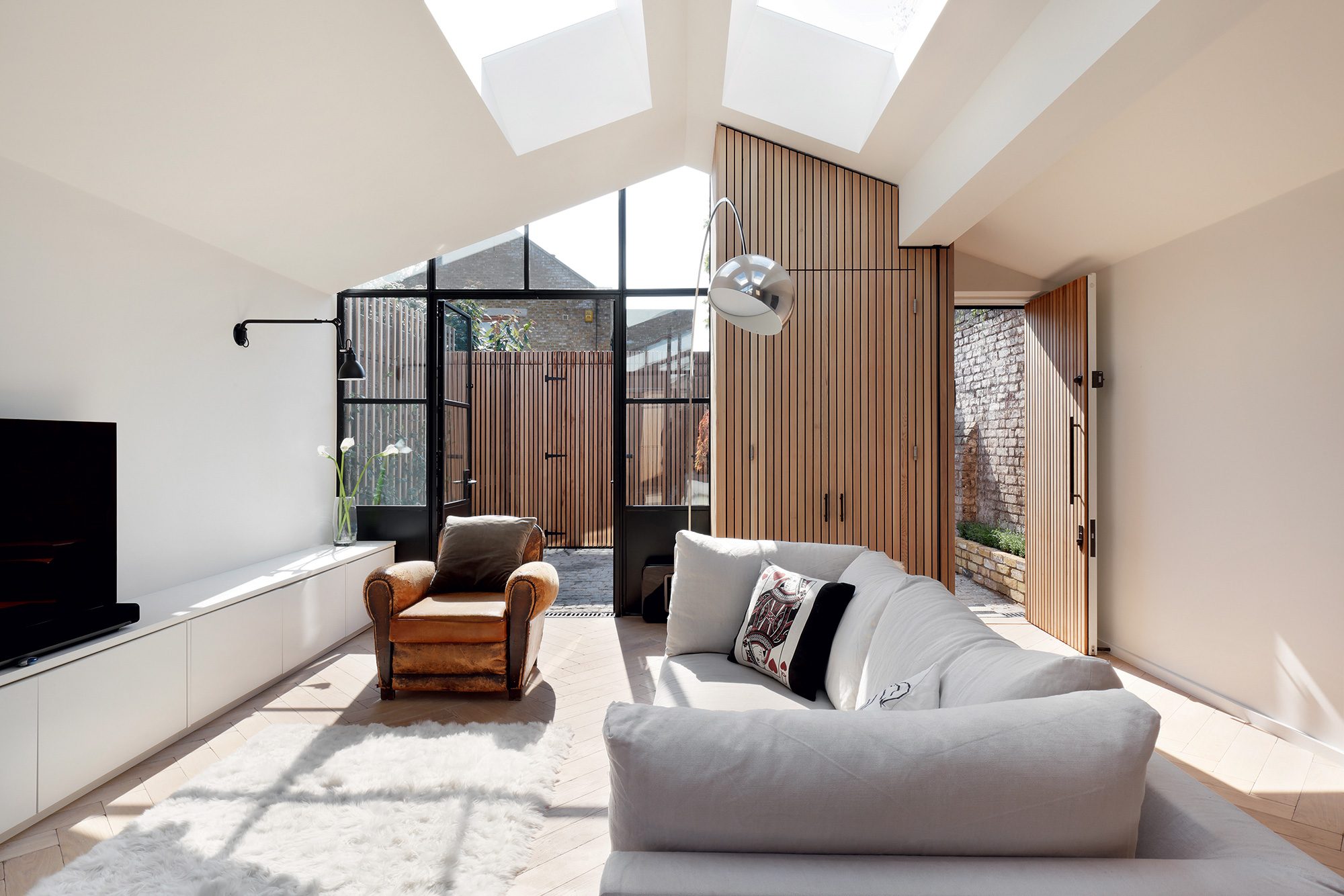
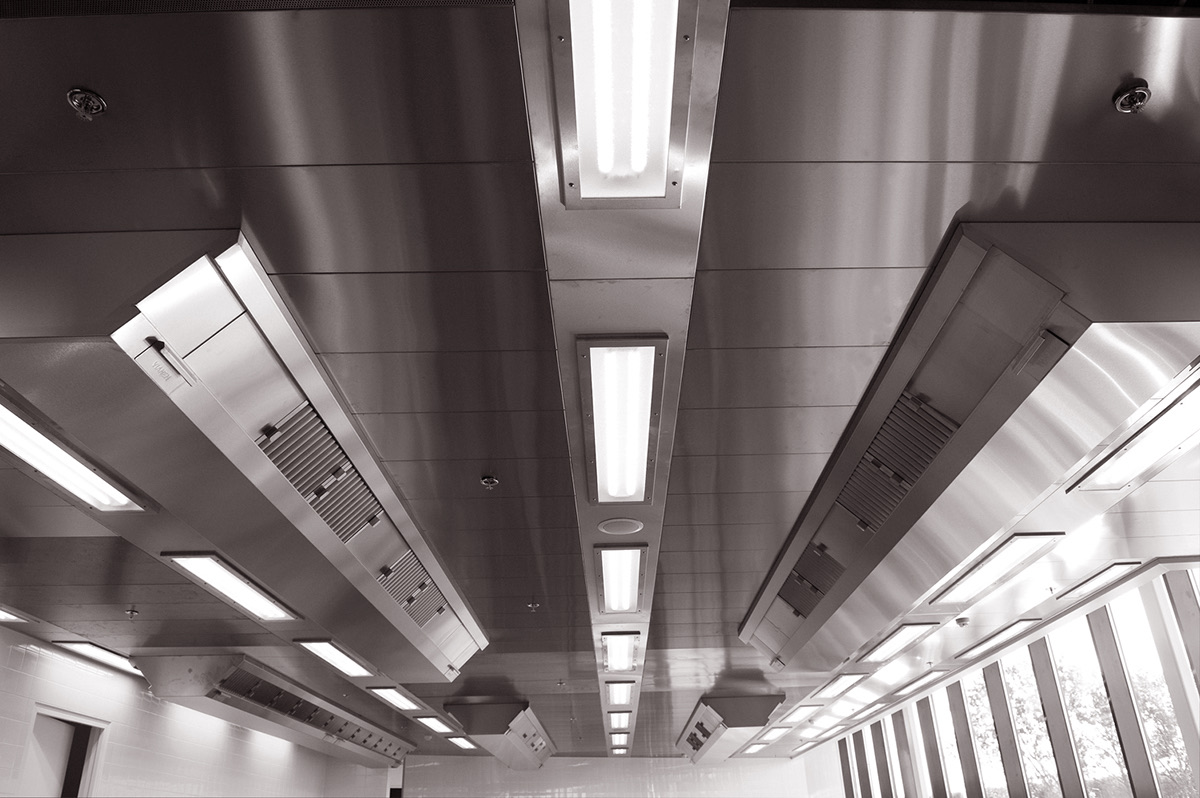
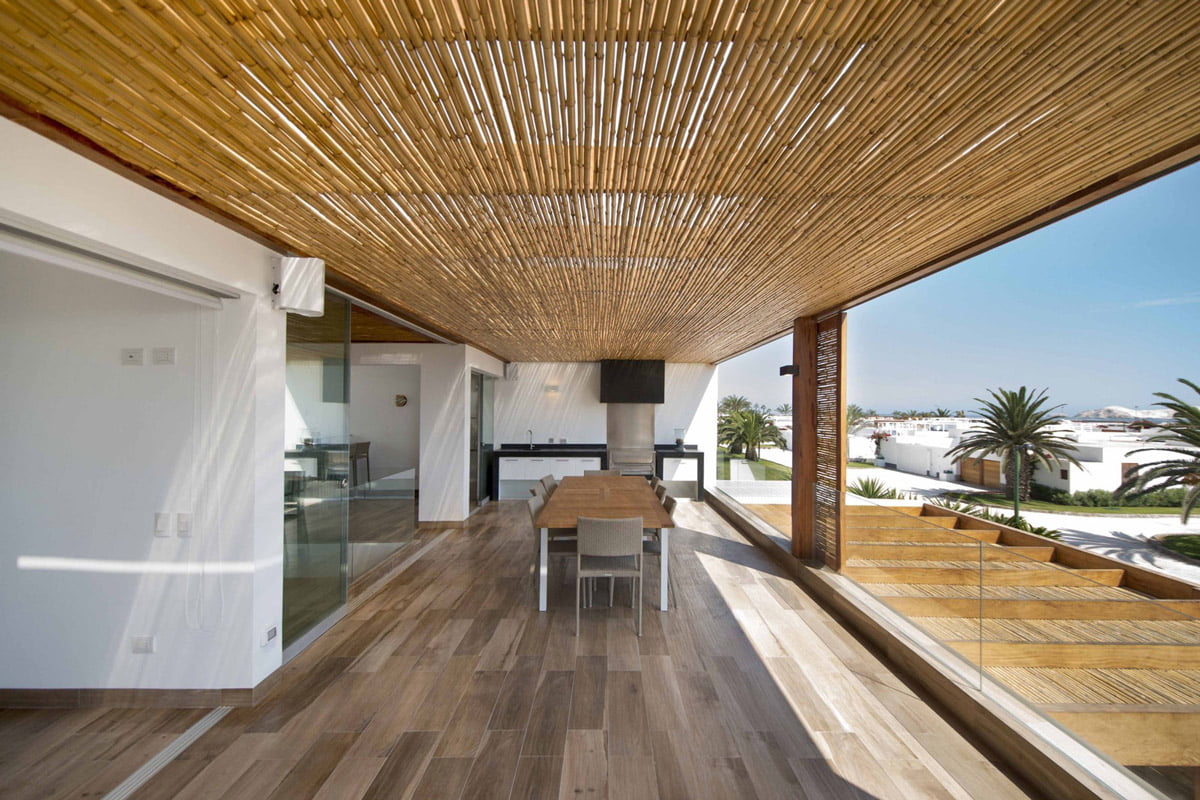
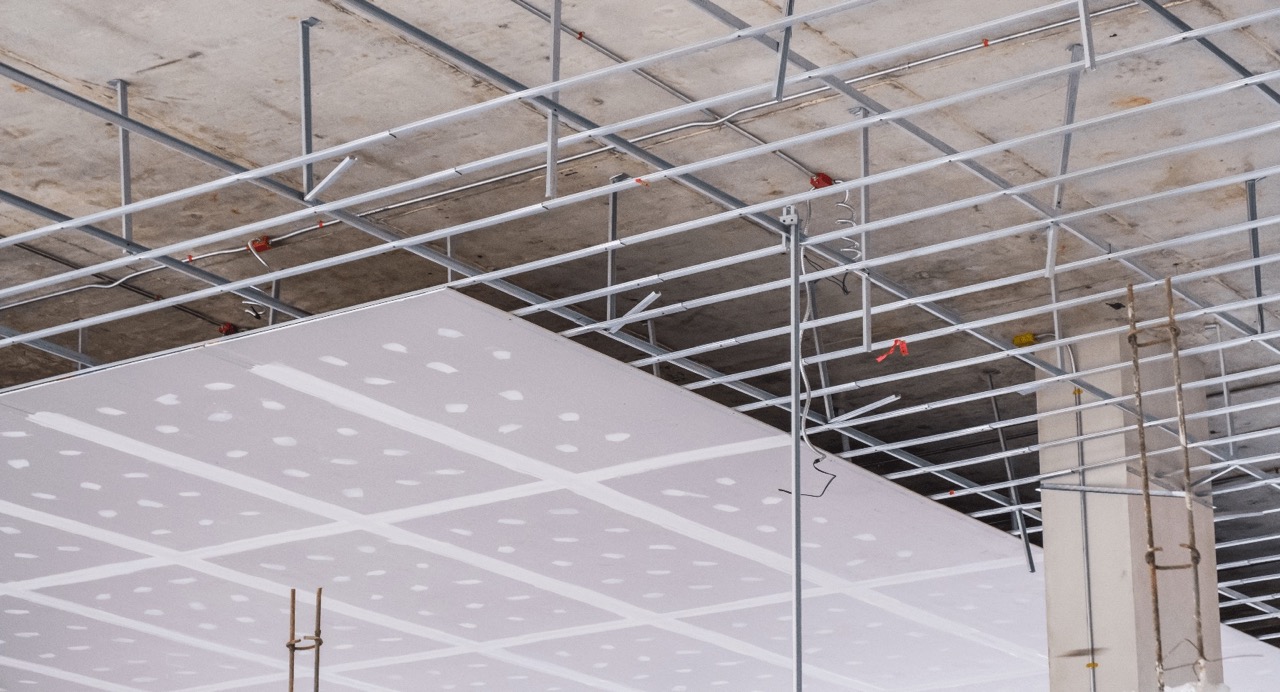
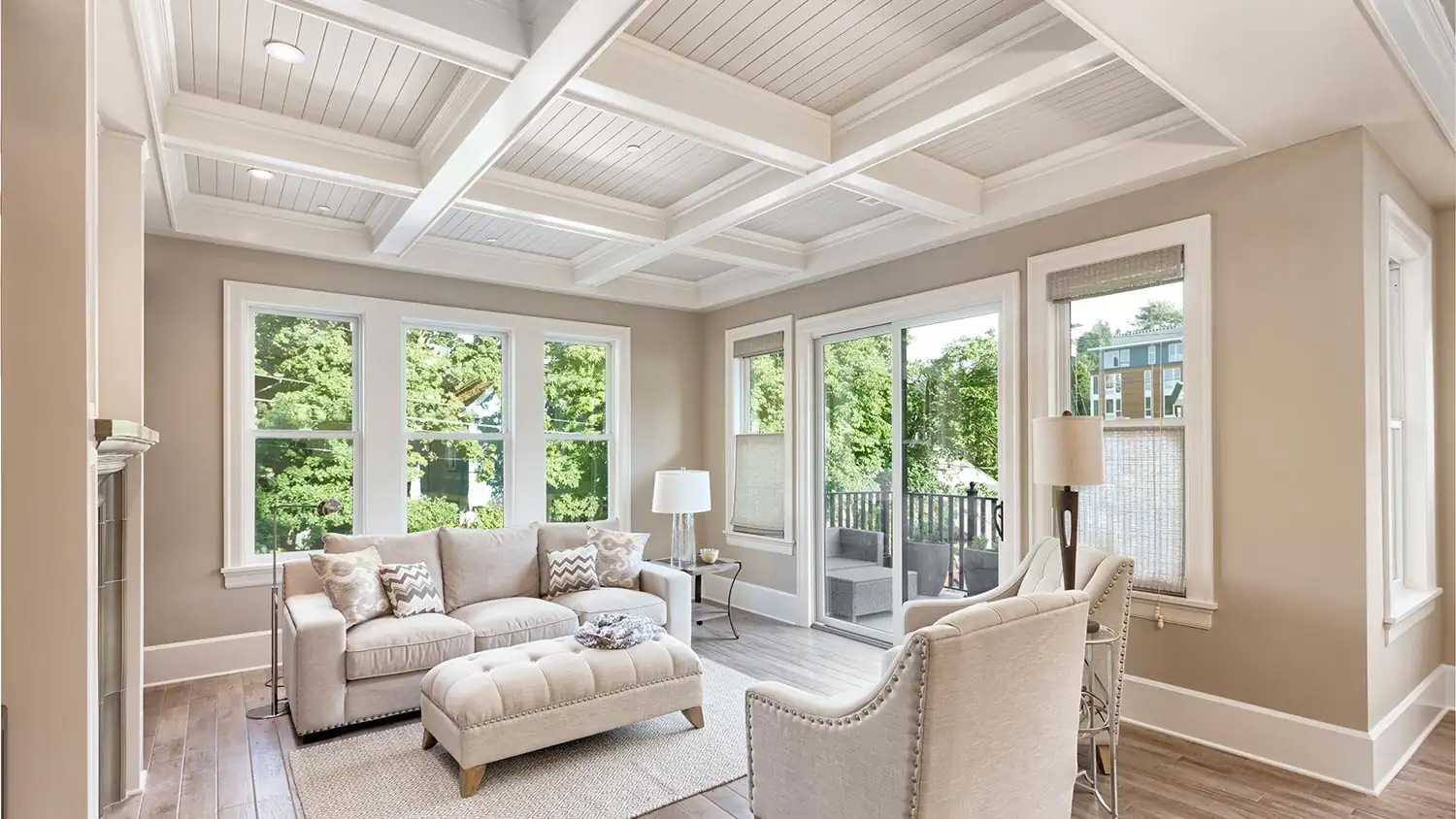
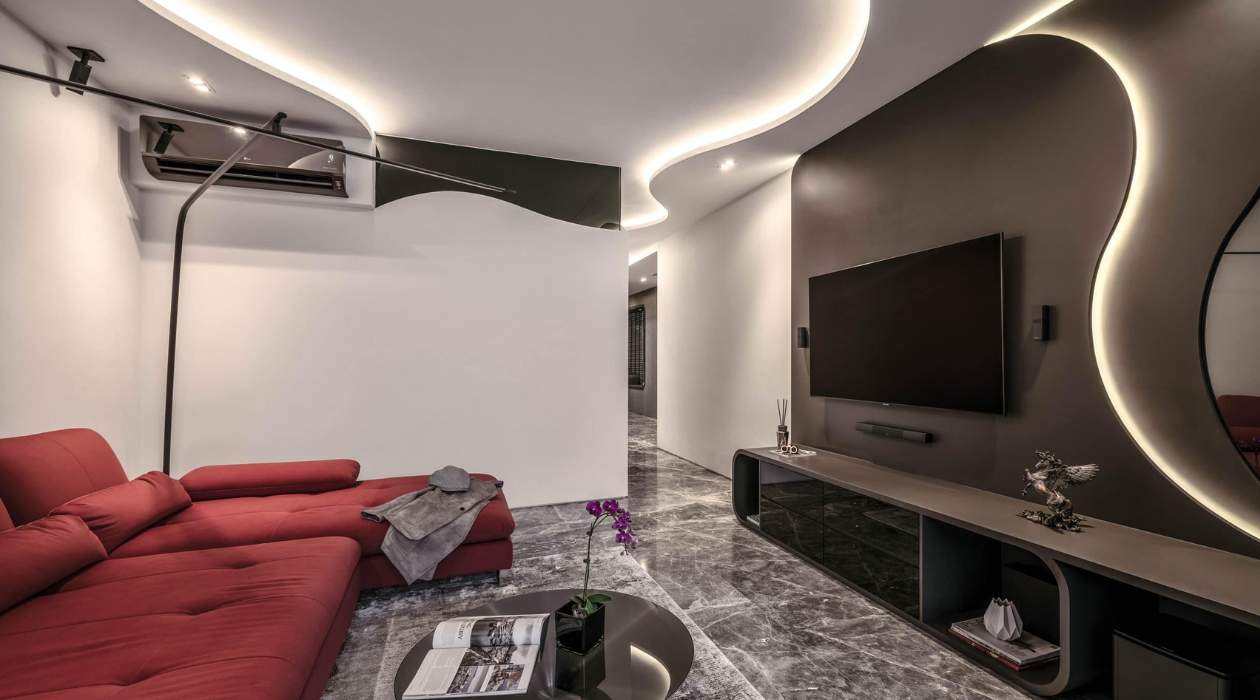
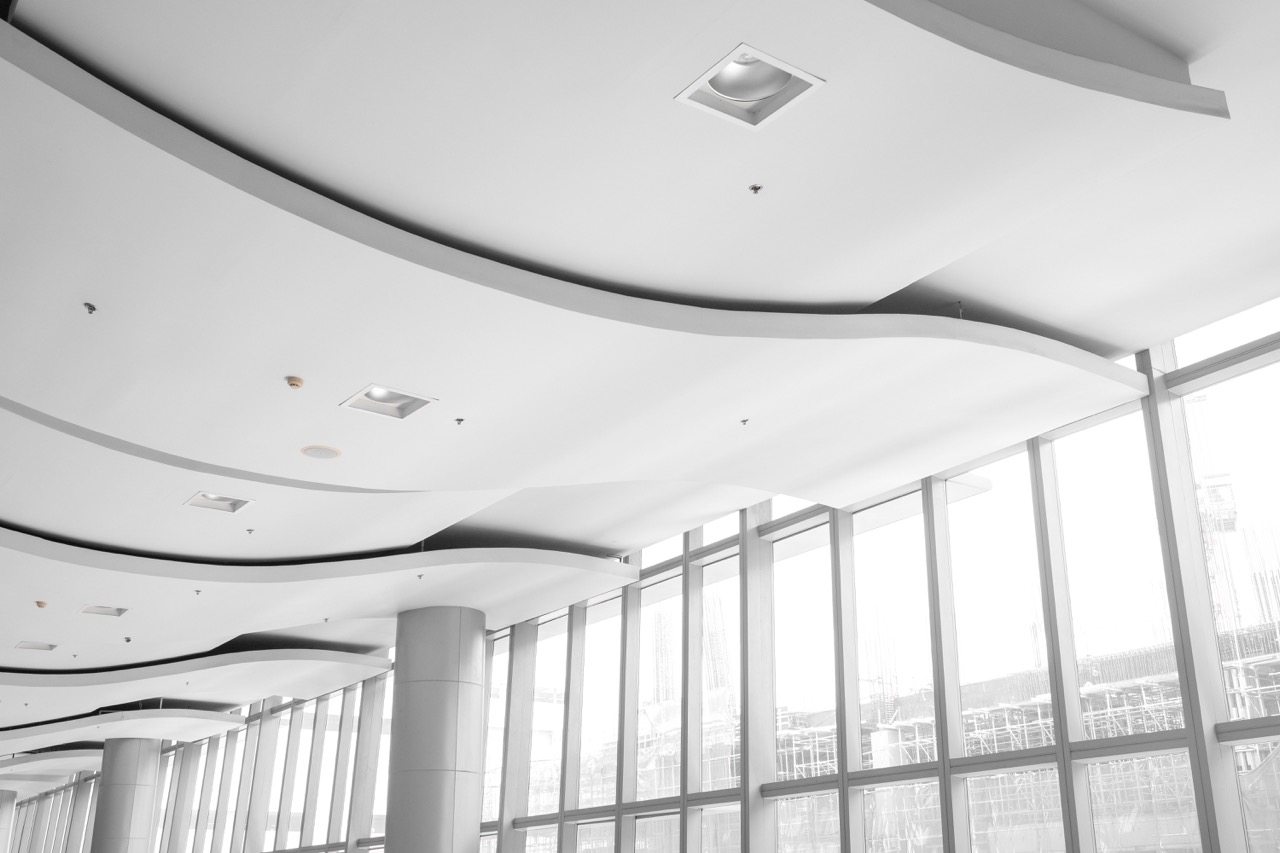
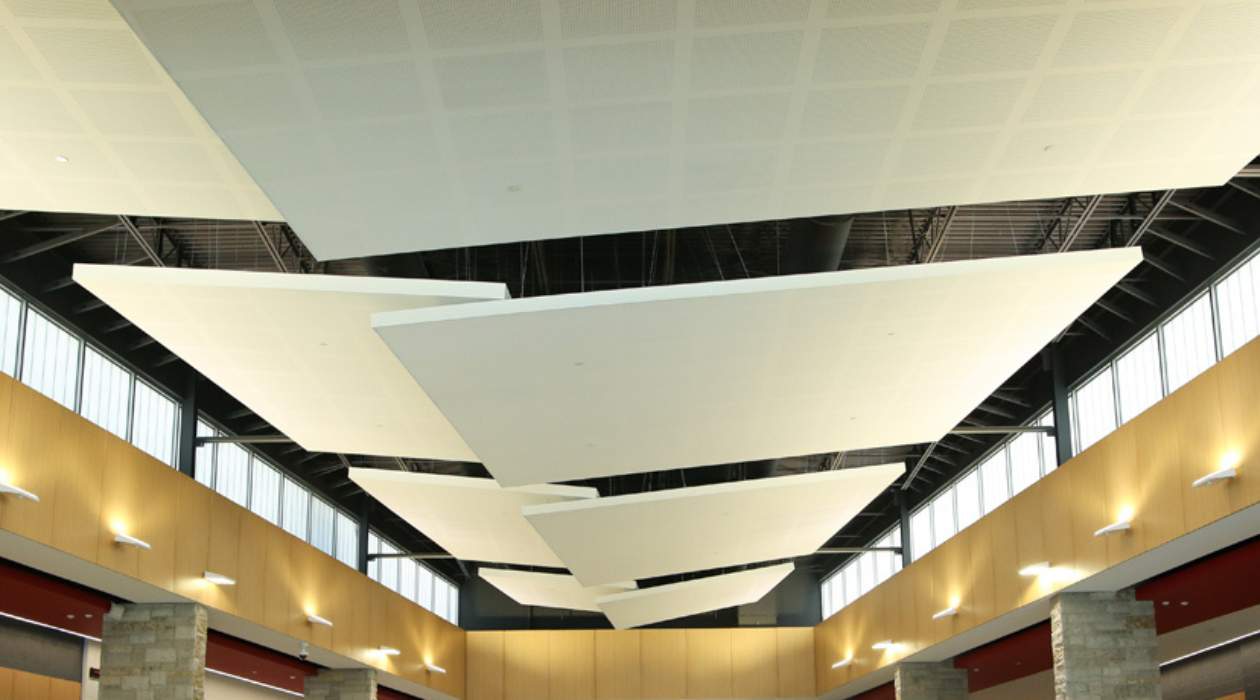
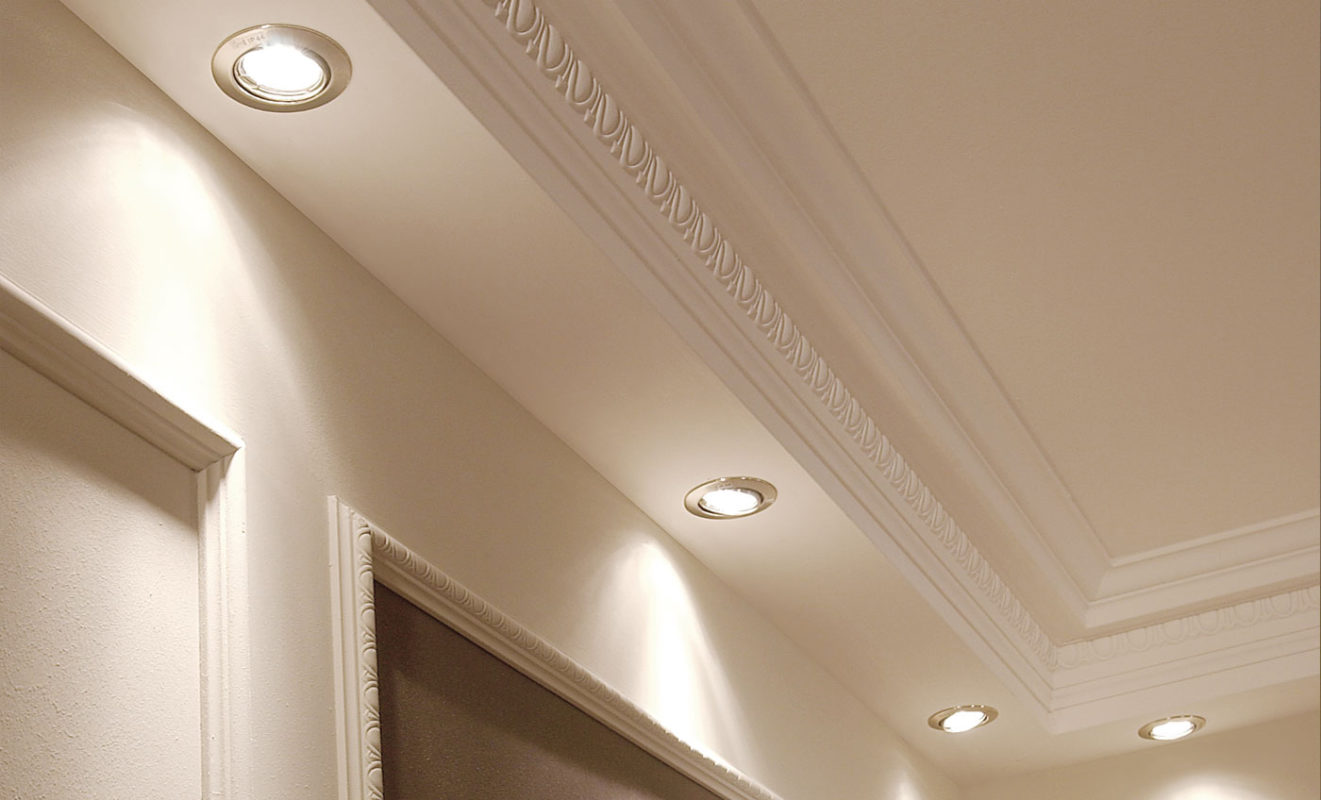
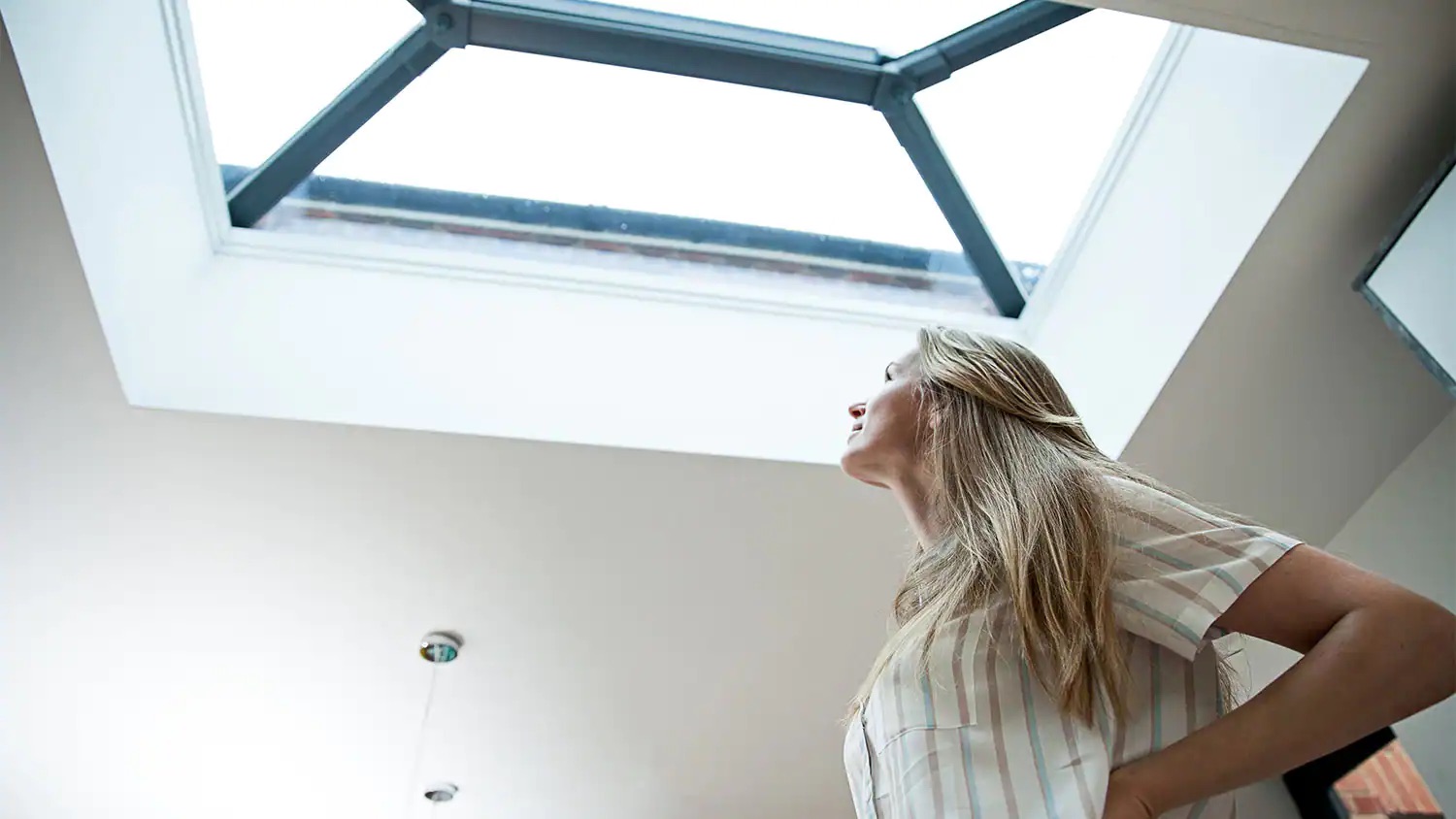

0 thoughts on “What Is A False Ceiling”